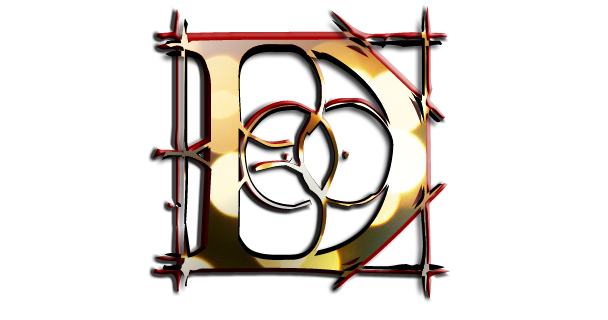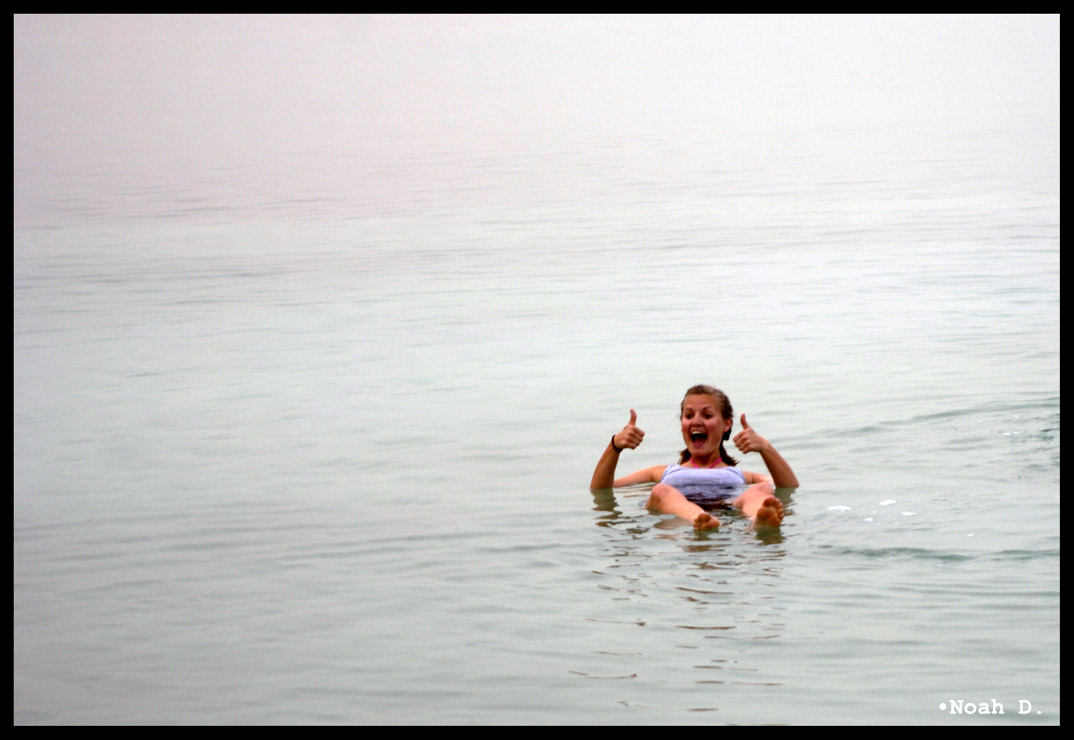**
ORIGINALLY POSTED: 5 Apr 2008
**
On Sunday, March 23, we were able to sleep in a little longer – 7:30 is a little longer – and headed back to the oldest part of Jerusalem: the ancient City of David. The part of Jerusalem that was active during the oldest of the Old Testament times… back when the Philistines fought with the Israelite tribes and even the time of the first Temple.
Its the time of Judges, Samuel, Kings, Chronicles… yes, even parts of the Psalms and Proverbs… they were all written here. If you flip open the Old Testament, you will most likely find something written here in Jerusalem.
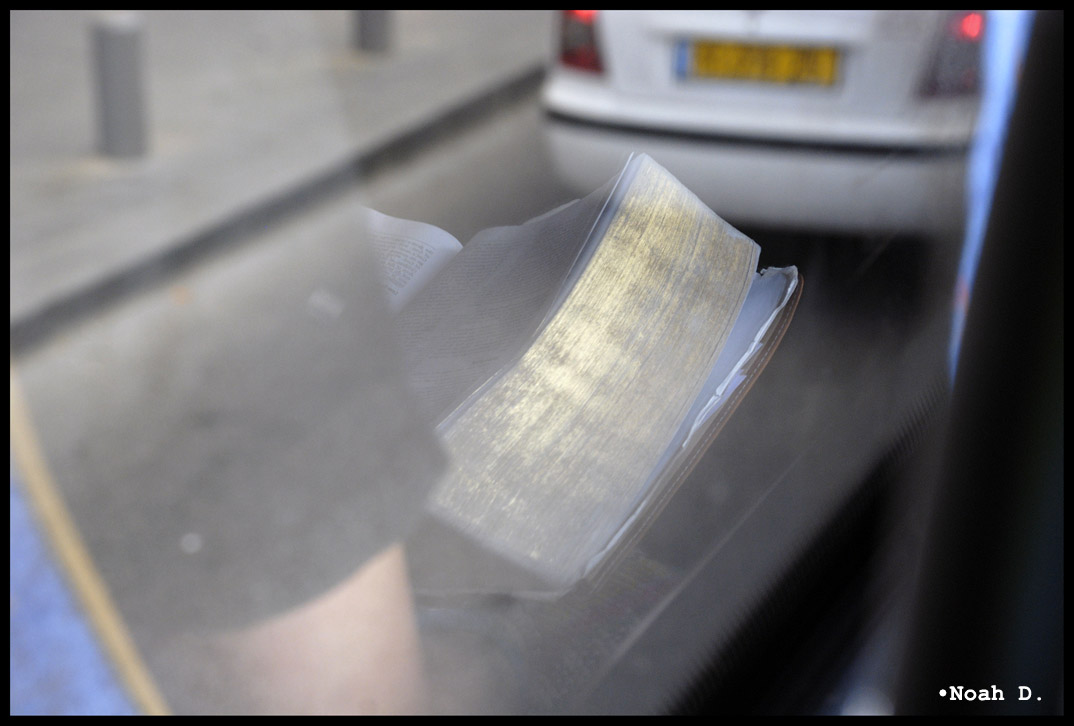
It is undeniable how much history this country – and this city in particular – is completely immersed into.
We landed in the old street level for our first stop. Where the main street of Jerusalem stretched from one end to the other up until the Middle Ages, there were merchants and churches and other such things on either side.
How do we know? Its easy…
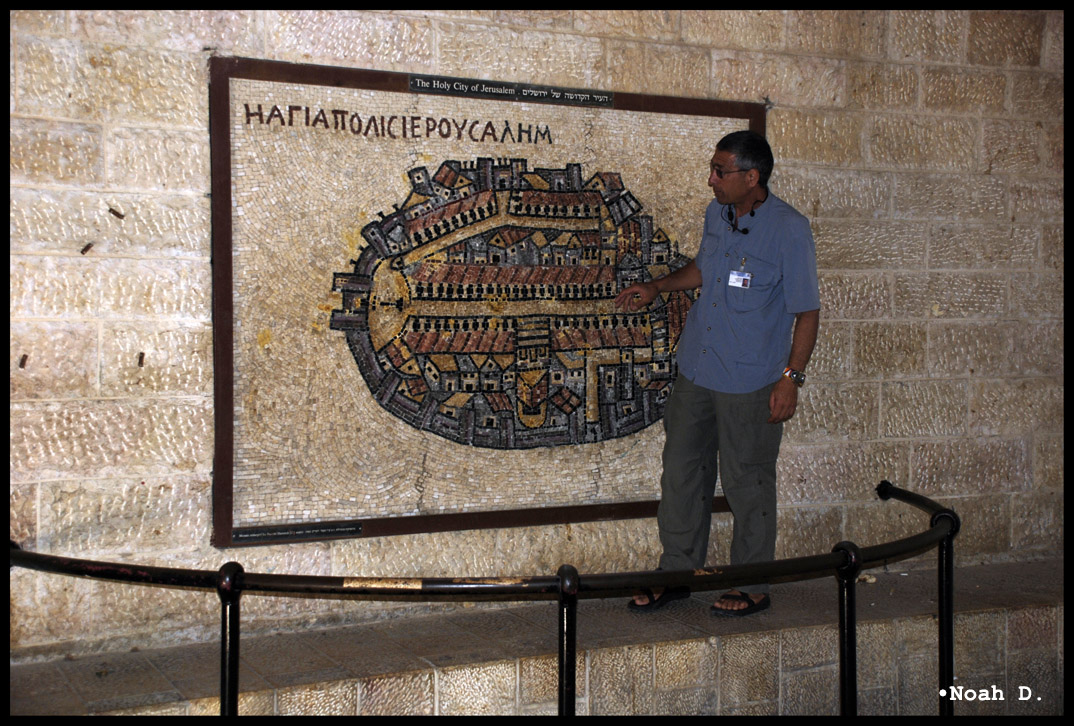 Go back to Madaba, Jordan, where there was a church with a mosaic floor of a huge map of the Holy Land. Archaeologists have reconstructed the Jerusalem section…
Go back to Madaba, Jordan, where there was a church with a mosaic floor of a huge map of the Holy Land. Archaeologists have reconstructed the Jerusalem section…
…and it looks like Avner might have jumped that KEEP OUT railing again.
Anyways, all the parts of Jerusalem on this map have been excavated by simply reading this map and sort of seeing “X marks the spot”. Some archaeologists even say this is as good as having an aerial view of 1st millennial Jerusalem.
Know what’s cool? The markets are still there and still being used…
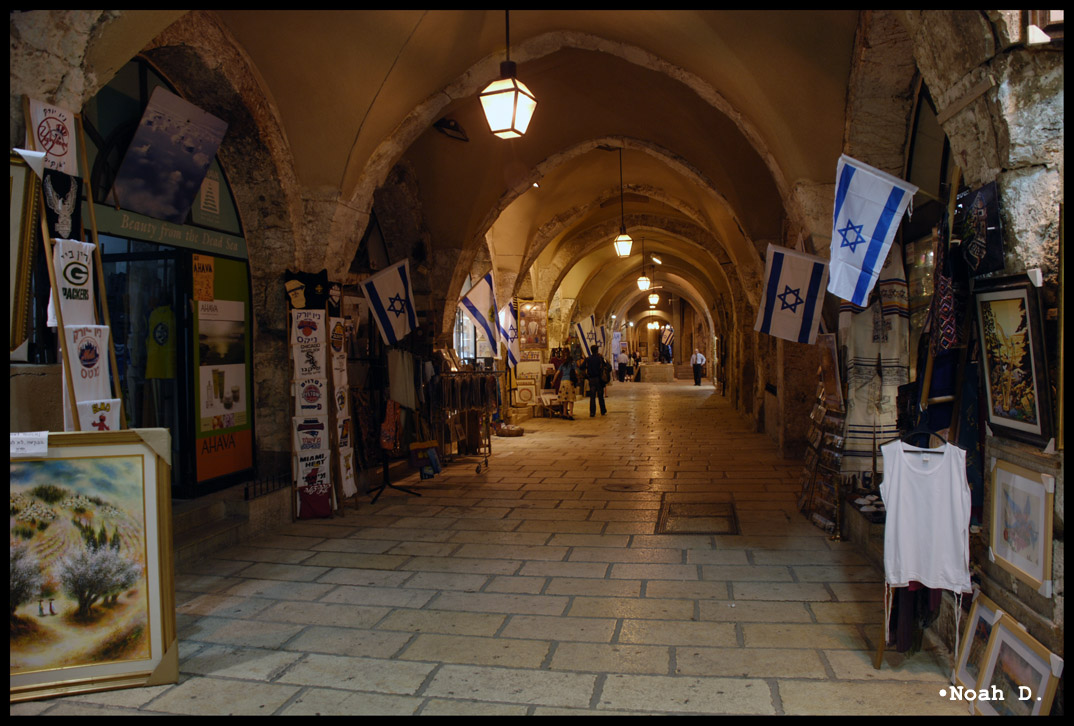
…these shops are slightly above the ancient ones below, but done very similarly to the old ways.
They give us a few minutes for exploring. Some people buy souvenirs like all good tourists. Some people go exploring the back streets.
Myself being one of them…
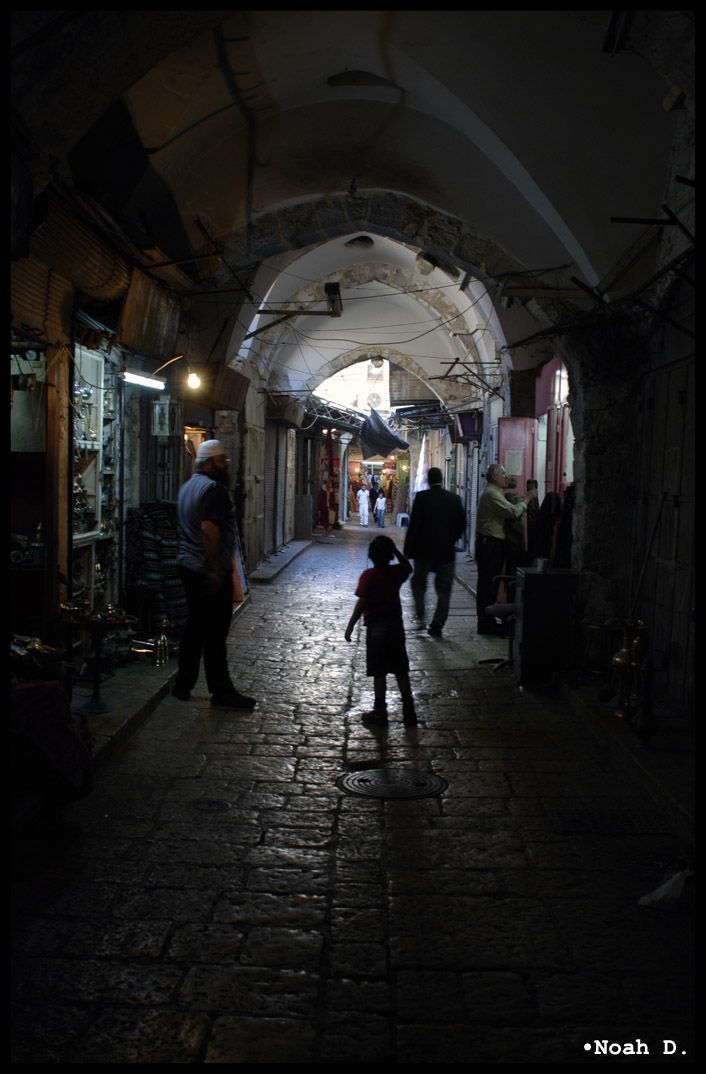
…spend money or explore? Hmm…
So, we took off down the hill into the City of David toward the famous Hezekiah’s Conduit that runs underneath the city. It was this tunnel that supplied the residents of Jerusalem with water during times of war or siege. The tunnel is very long and is still – to this day – full of running water from the spring to the exit.
On the way, we passed a number of active archaeological sites. This area is very much still being discovered.

And like all good and fun things, there must be a “you must be this tall to ride this ride” sign somewhere.

Its a fact, the water was 70cm deep in some places! I wonder if Bobby will survive…
And meet Sam…
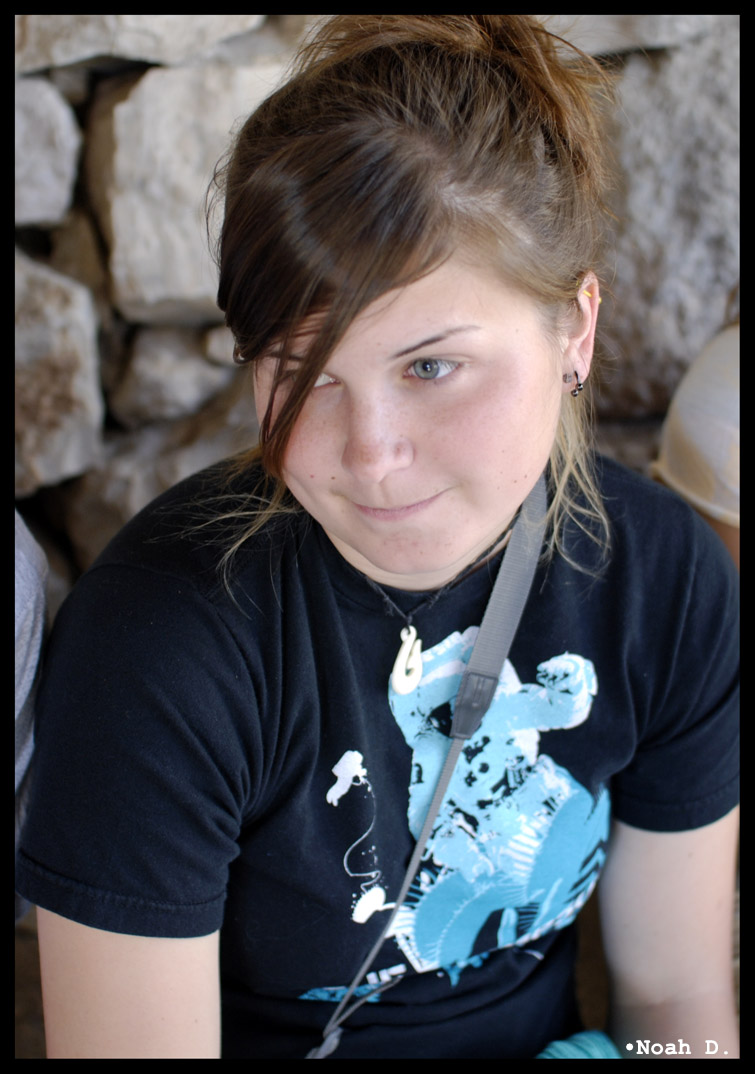
…she was definitely tall enough, but still kind of skeptical about getting in a tiny tunnel in complete darkness full of icy water.
Starting down…
…down…
…down…
…down…
…and down.
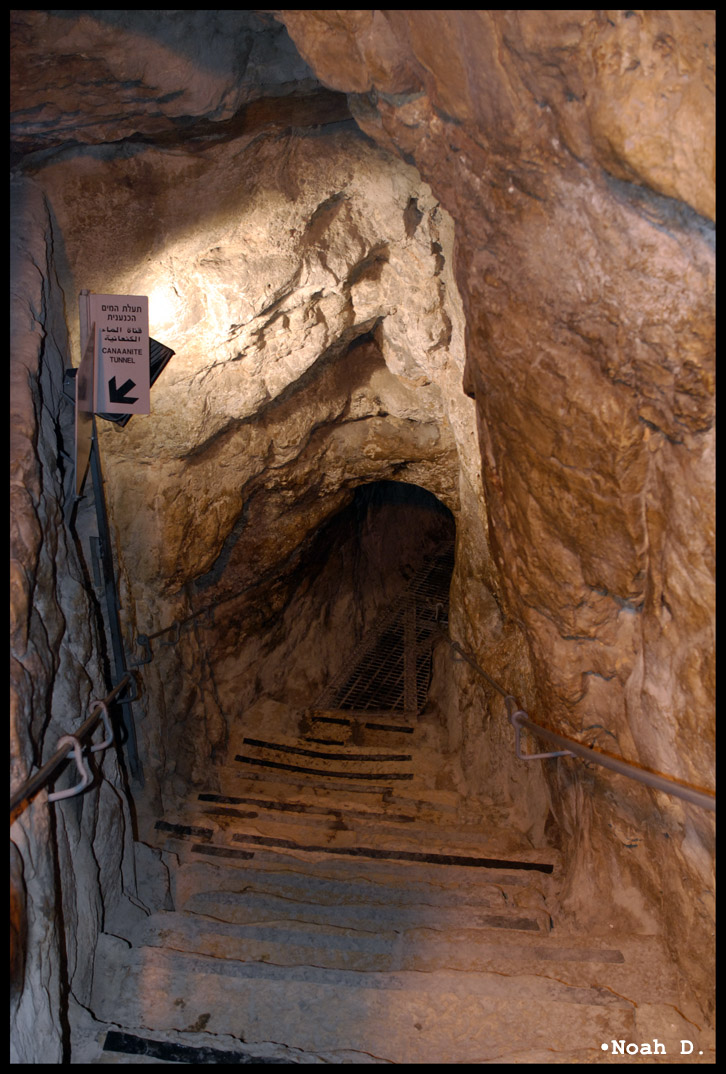
Its mighty chilly this far underground and the rushing water doesn’t help matters much. Interestingly enough, the builders of this conduit started working from both ends and were able to meet in the middle. Truly a technological wonder for the time – almost 2500 years ago.
They would pound on the rock with metal tools and find each other by listening. There are a number of right angles and switchbacks near the middle, but that’s how they did it…
…and it still remains today.
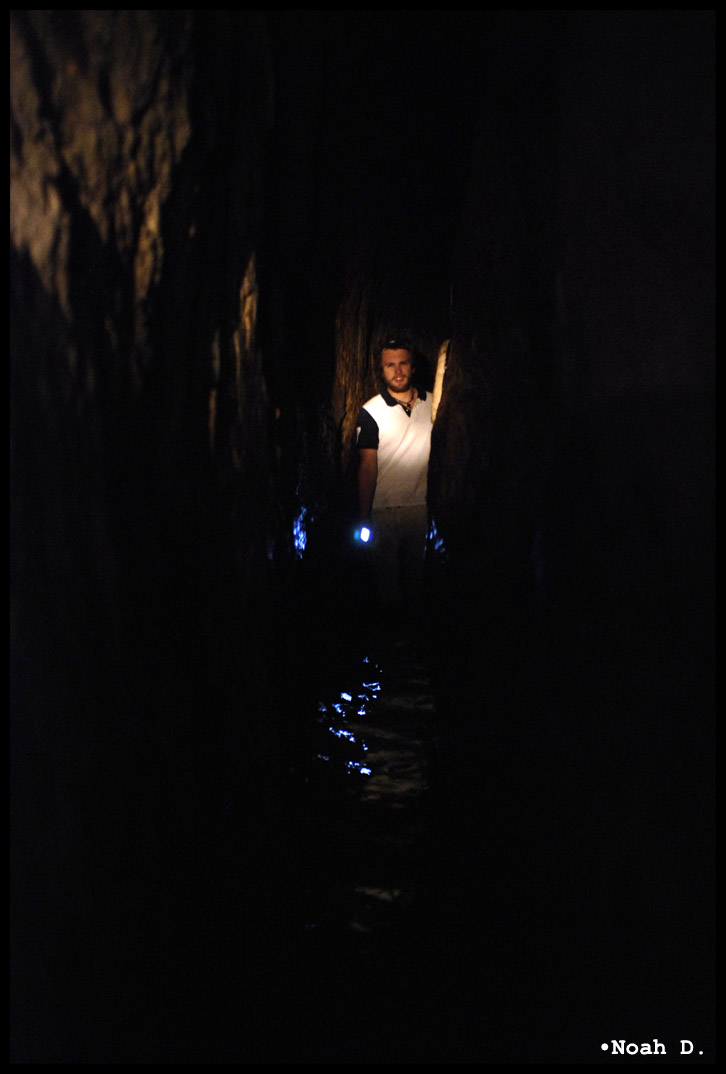
Ever thought of using a flashlight as a flash?
“Here, hold this and point it that way.”
It works! Really!
While waiting for the rest of the group to come through, Avner found a little friend who didn’t want to be bothered.
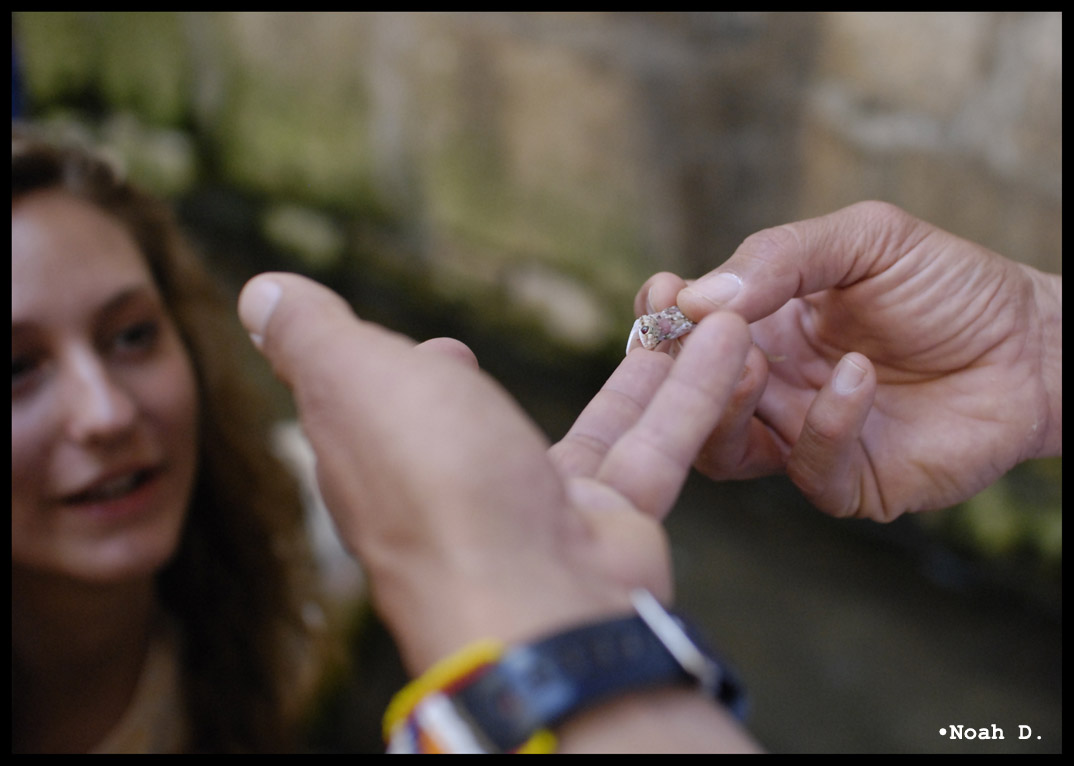
From there, we returned all the way up the hill to the beginning – on the light side – and headed back inside the main walls.
By the way, anytime you see the walls that surround Jerusalem, these were constructed around 400 years ago – they are not the originals. 400 years – some joke about them being the “newest things in Jerusalem”.
Since it was about lunchtime, it was about time for food. Again, they turned us loose in a busy area of town for an hour or so. My friend Scott and I had no part in the busy section so we decided to go way off the beaten path and find food on our own. We walked a few hundred yards before happening upon a restaurant where it seemed many locals were sitting.
It was a great place for shawarma. Some of the best I’d had in Israel…
We returned with time to spare so I commenced to doing some good ol’ street photography.
Is it Purim or is it just Jerusalem?

Who knows?
Living Jewish.
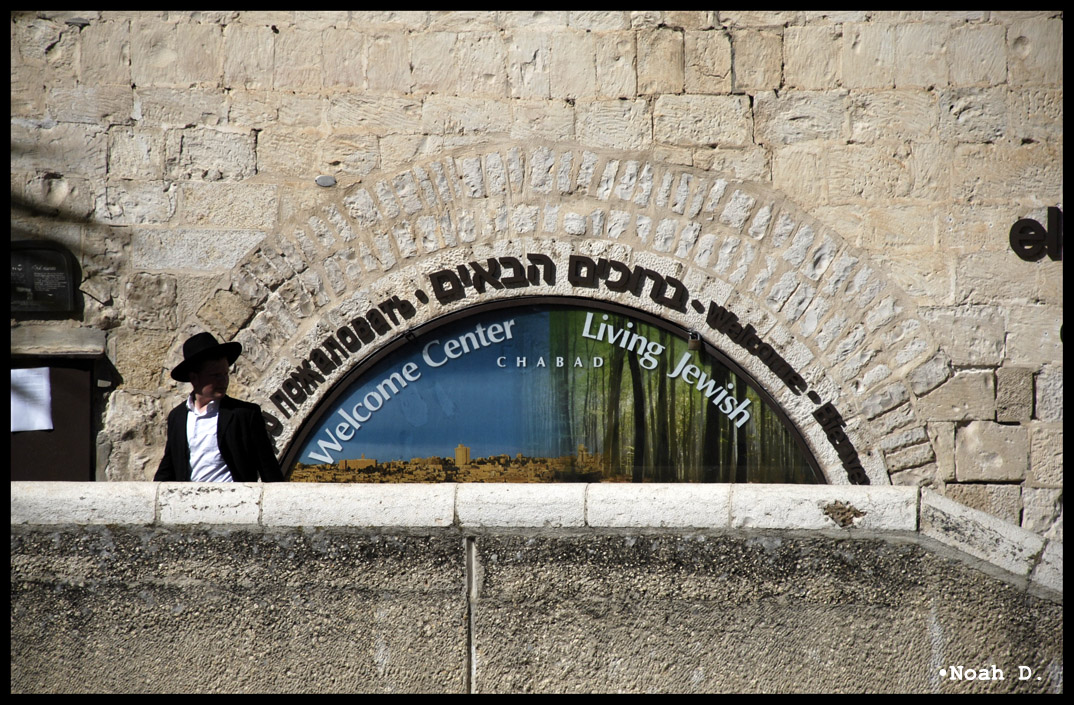
And while we still had a long time until our journey continued, Ben and I made a trek back through the narrow streets to…
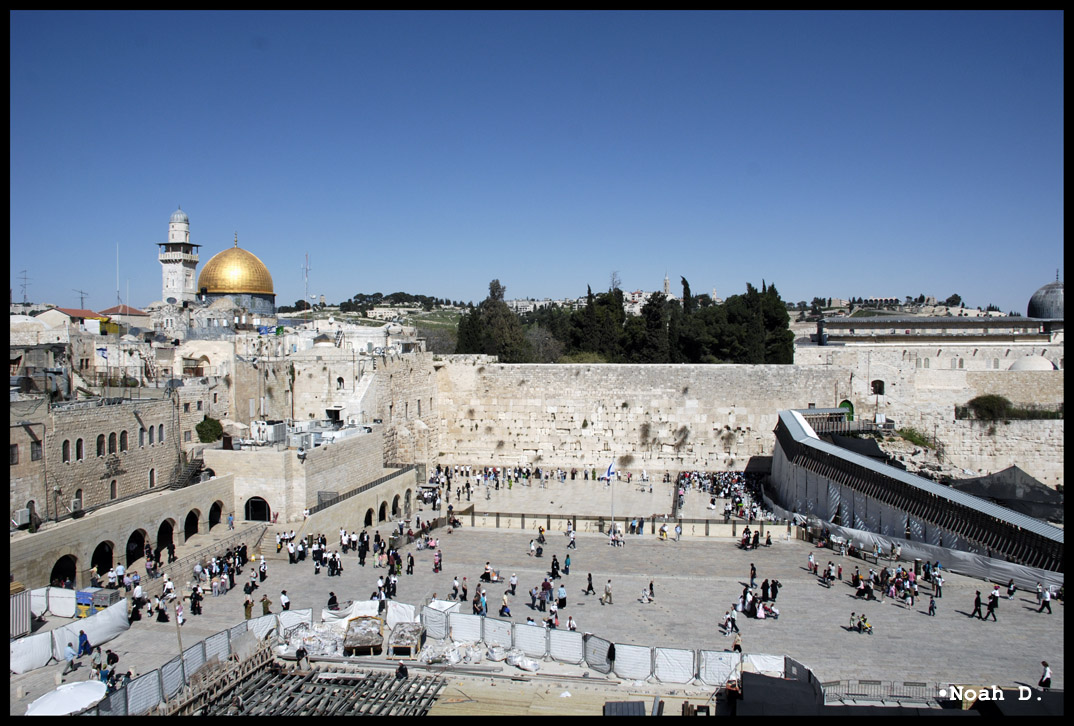
…an overlook that takes a little while to find. Find the street that it doesn’t go anywhere and take it.
Sometimes that’s a pleasant surprise.
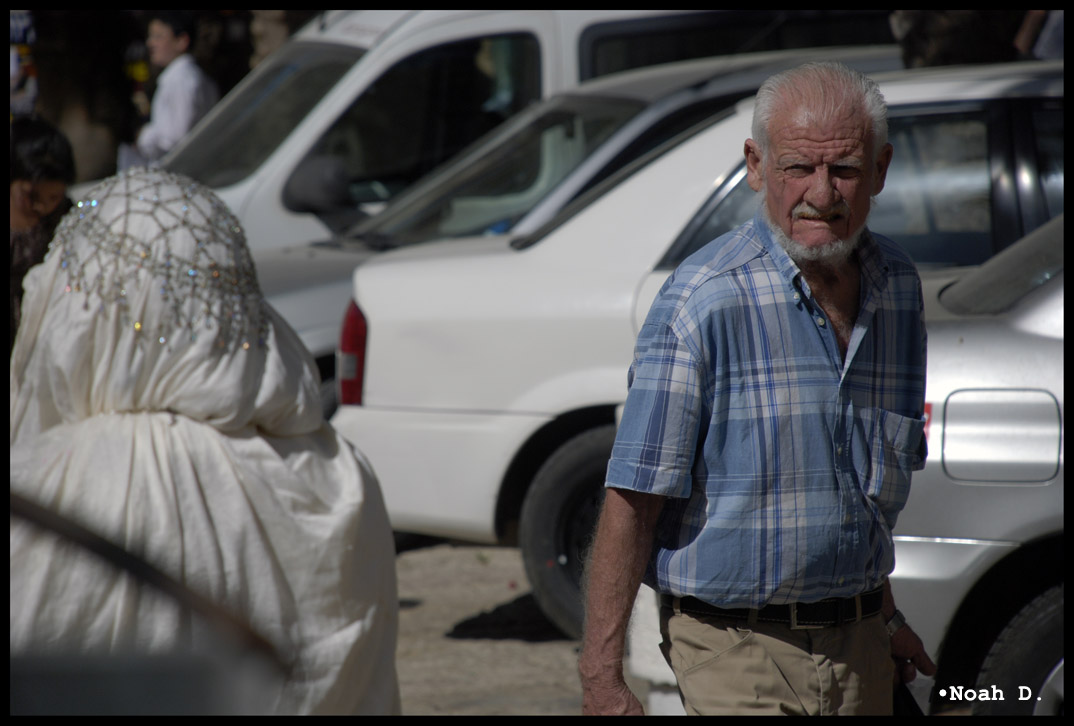
He passed by too many times to not take his photo. I love shooting in broad daylight at very low ISO and very shallow depth of field.
When we resumed our trek, we headed to the Western Wall for a daylight look up close. This was our time to go and not feel extremely out of place with our blue jeans and colorful t-shirts.
This was our time to enjoy it and have time to enjoy it.
For some men, this midday time is their quiet time of meditation and reflection. They sit on their little plastic chairs and a small wooden podium and recite scripture or pray. It is their time between them and nobody else.
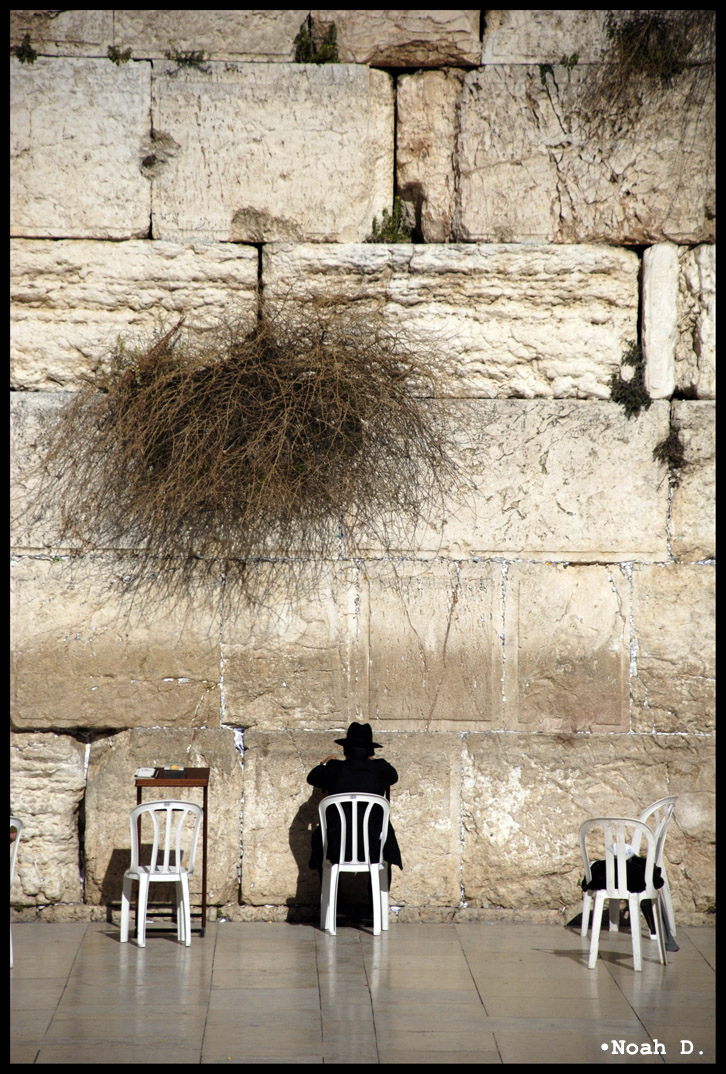
For some, it is their time of remembrance…
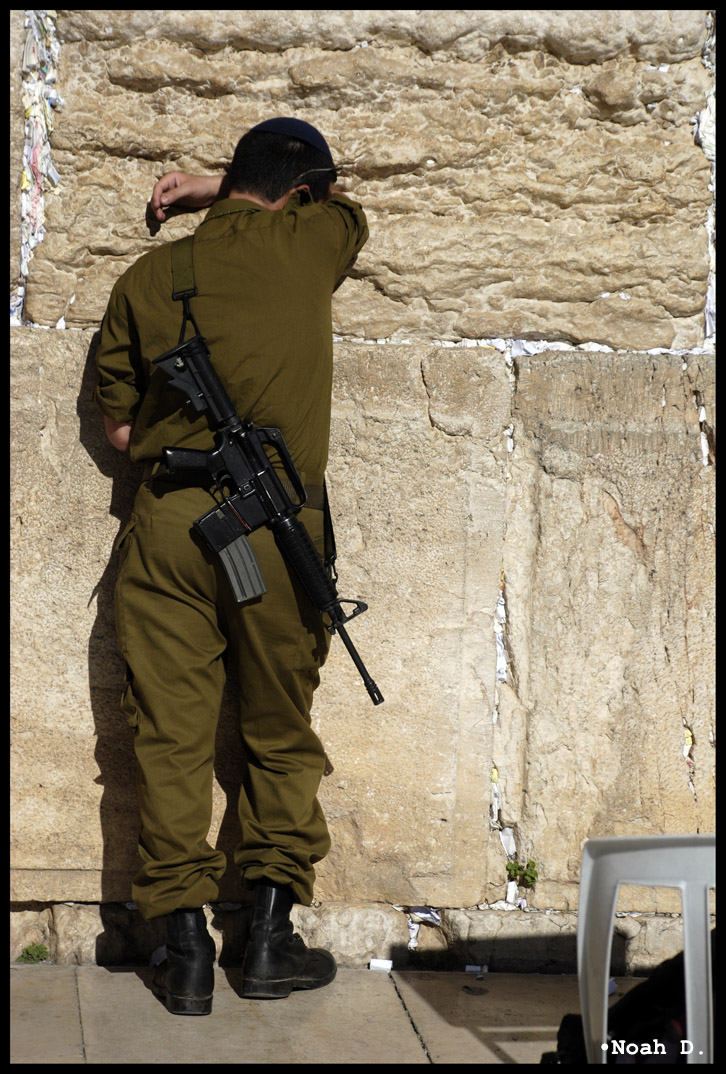
See the cracks of the rocks? Millions of tiny pieces of paper with prayers, hopes, dreams, worries, thoughts…
I’m not sure how to segue an experience at the Western Wall during the quiet time of the day… it is a unique experience.
“To a Jew,” said Avner, “when you say a wall you can mean any wall anywhere in the world; but when you use the article and say the wall any Jew in the world will know what you are talking about… the Western Wall of the Temple Mount.”
From here, we walked about 100m to the Davidson Center, a large archaeological park on the southern wall of the Temple Mount, we were able to visit a special room not allowed by regular tourists. It is a project directed by UCLA to reconstruct different periods in Jerusalem history in 3D. It looks much like Google Earth, honestly, but far more advanced and extremely detailed. In fact, they can zoom into eye level and walk around the ancient city just like a computer game.
Remember the miniature model of Jerusalem? Imagine being able to actually put yourself there! It was a nerdy dream…
We then went outside and had an Easter Sunday church service in the shade of the Temple Mount. Now THAT is a unique experience…
…Avner then led us through the ruins…

…explaining just a little more…

…like the stone he is leaning on there. It once lay as the corner stone at the top of the Temple Mount wall. See the angle? Makes it all feel a little more real after seeing it in the 3D reconstruction… and then seeing it lying there on the ground. The smashed hole in the stones on the ground there on the right… that is where it was pushed off the corner.
This used to be the world’s largest free-standing arch:
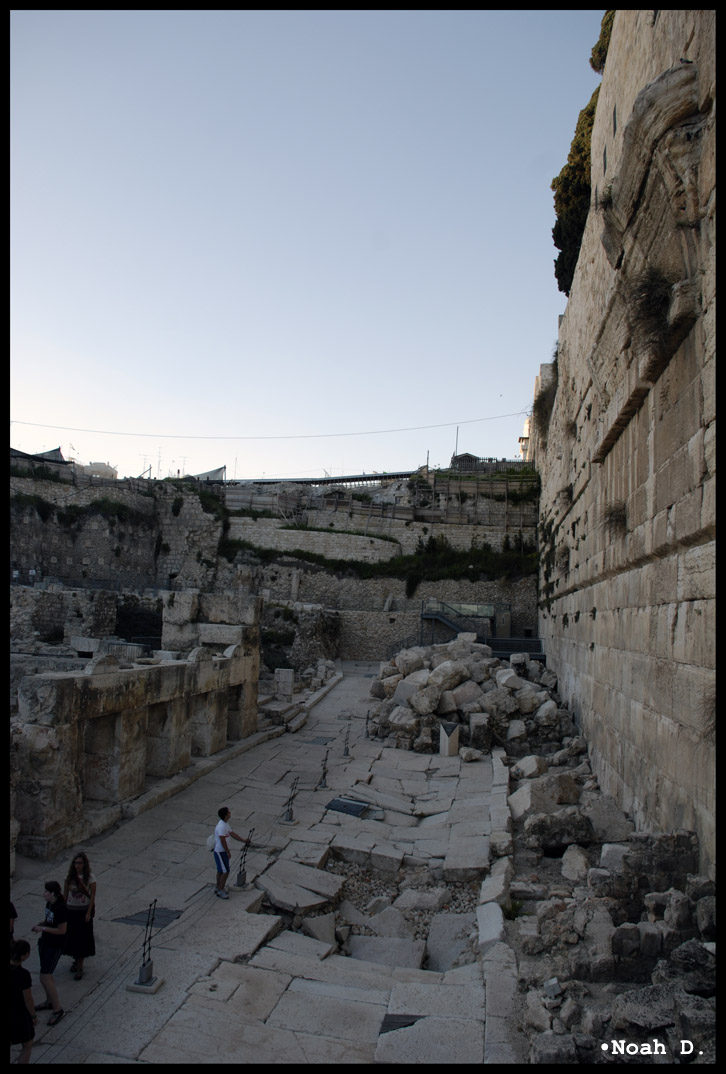
…even at 18mm I couldn’t get it all in the frame if it still stood there. The arch connected to the wall on the right and arched way up – out of the frame – and connected down to the four doorways on the left. These doorways are actually small niches where the moneychangers of Matthew 21.12 may have sat.
Then, the giant hole in the floor came from the collapse of the great arch when the Romans destroyed the temple. That’s what happens when hundreds and hundreds of tons all fall at once.
I did not take that many photos on this day – a mere 406. Hmm… I’m slacking…
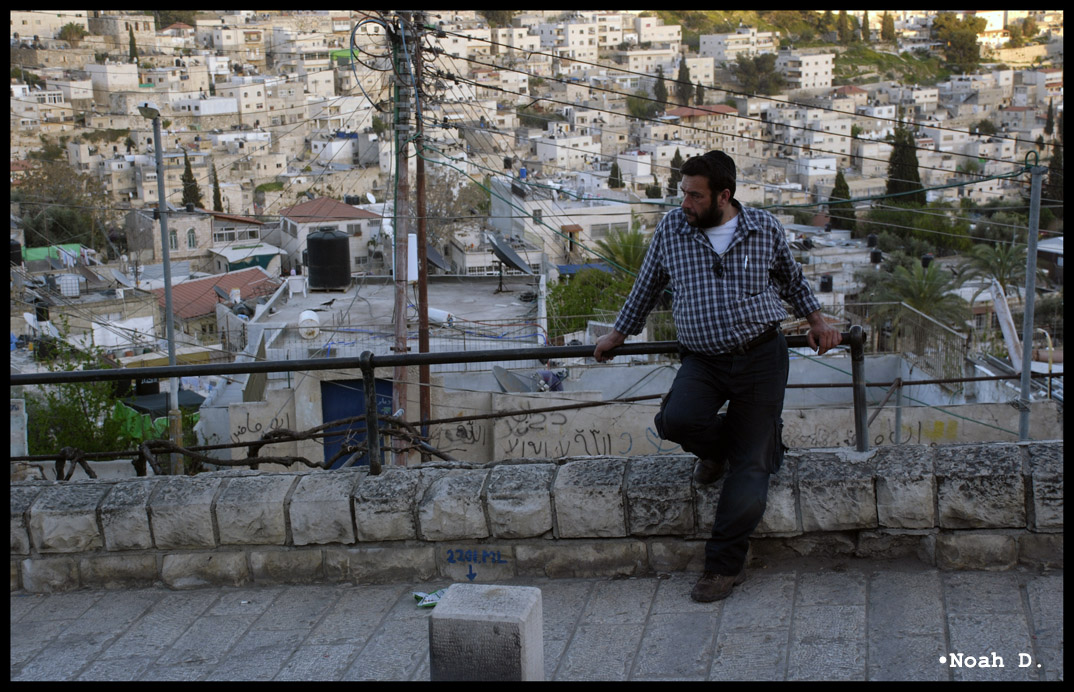
Beautiful place…
I was so sad to leave it.
The following morning, we had to pack up and get out of the Jerusalem Tower Hotel fairly early. We had a few things to do before our plane back to Athens that night…
Most notably, the Holocaust Museum in Jerusalem. What a fascinating perspective! To go through a museum about the suffering of the Jews by the Jews…
…you could add someone you know to the almost 300,000 names already in the registry – either someone who perished or survived the Holocaust of the 1930’s and 1940’s.
Strangely enough, the English application form was all empty. Not Russian, or Hebrew, or Polish, or German… English was out.

It was a unique experience to see how abandoned they felt. It was conveyed well by the museum… steeped in symbolism of the architecture and even how a visitor walks through the museum.
We were, however, thoroughly exhausted by 11 days of going hard through Israel.
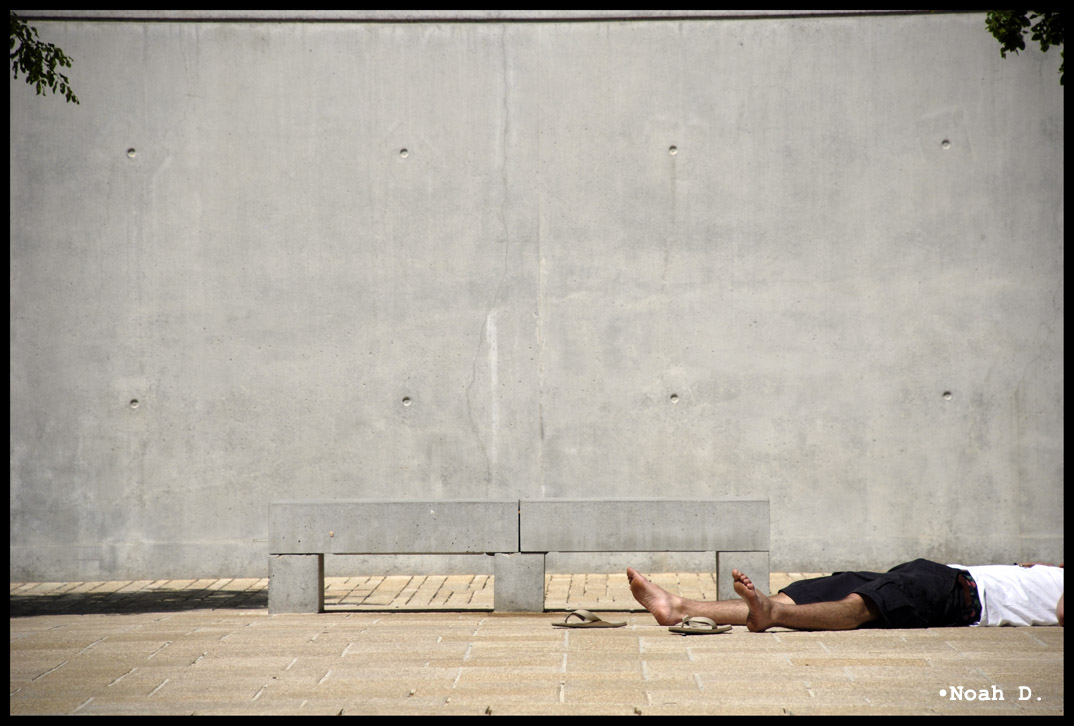
Not quite over yet, though…
…finally in the Holocaust Museum was the Children’s Memorial. Inside, there is a cavern with 5 candles lit in the center of a room of mirrors and haunting voices that speak names of young victims of the Holocaust.
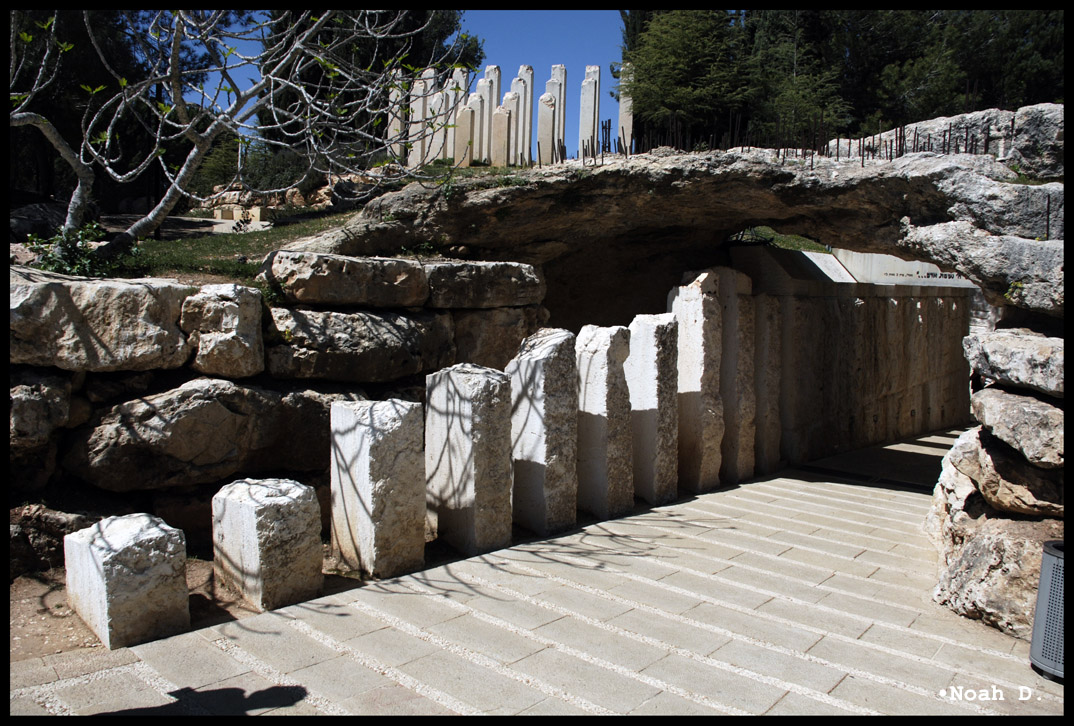
Hundreds of thousands of more than 6,000,000 victims were children – under the age of 10.
“Listen to their names,” Avner said, “Remember one… just one… because ever one of those names were not just another number. These names were actual people. Remember one and write it down… at least, then they’ll exist somewhere else than in the archives of this place.”
Frances Rosenberg, Poland – 5yrs old.
It was a sobering place. For all the people who were killed in the Nazi concentration camps, how many of those people could have gone on to further our civilization? How many of those would have invented something that would have advanced the world’s technology by decades? How many of those people would have had children that could have cured cancer, AIDS, or an number of other diseases?
Imagine…
All this before lunch.
After lunch was a stop on the way to the airport:
A hillside near Tel Bet Shemesh… the site of the battle between David and Goliath.

In the narrow strip connecting these two flat areas – one on the right and one on the top left in the distance. The flat spot on the right was the location of the camp of the Israelites under Saul; the flat spot on the upper left is the location of the Philistine camps. Somewhere in the narrow strip in between is the small stream where David picked up his little smooth stones. And the location of the battle occurred here.
Its not a question… it actually did. This is the site described in the Bible and archaeological evidence proves the sites were occupied by armies of the time.
As this trip draws to a close – and as my whole experience in Europe only has 28 days left – it begins to grow obvious how many times things interconnect and cross over time. And very specific things…
…Michaelangelo’s David that I saw in Milan a month ago inspired by battle in the location in front of us over 2500 years before.
Love it…
On the way home, we had some time to chill at the airport…
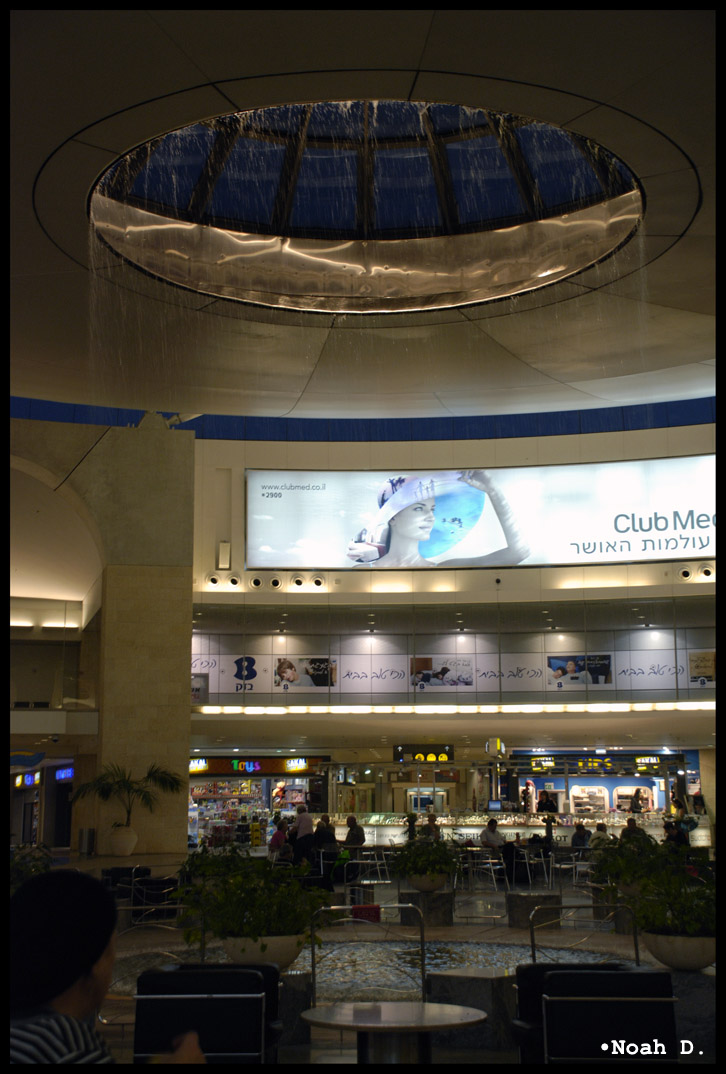
…where I got quite a good amount of money back in V.A.T. taxes from purchasing the lens a few days before.
Hooray!
And the day ended in yet another airport…

…albeit a very abandoned airport. Israel’s airport remained abandoned most of the time because of the extreme low amount of flights – and almost all exclusively EL-AL airlines.
…and the flights are also fairly sparsely populated with destinations to places like Athens.
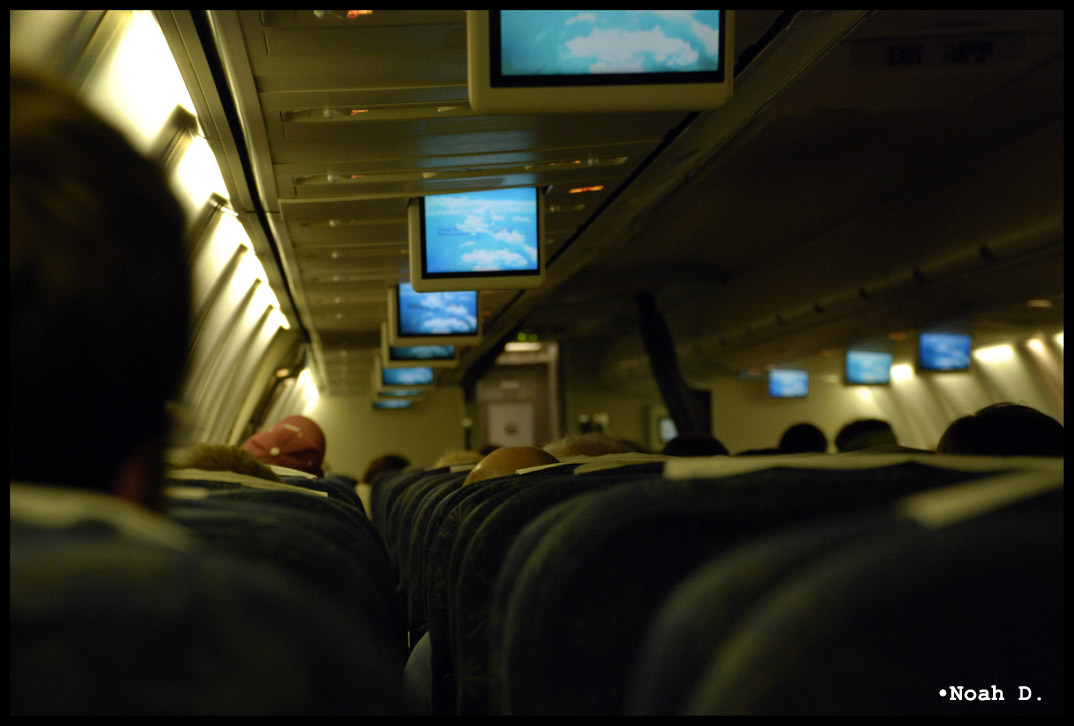
Bald heads peeking over seats on a plane… you know who you are…
So 11 days of Israel ended as it had begun… on a plane over the Mediterranean Sea.
And it ended much like the other voyages thus far… with new stories to tell and knowledge to be shared.
Much like the two stones I picked up next to the Sea of Galilee – they’re two perfectly round, flat stones that would be PERFECT as skipping stones. But, if they still in my pocket or in a drawer or in a little box somewhere, never being thrown across the water, then they are just perfectly round, flat stones.
The stones, like the stories, must be released… they must be told…
The only benefit to anyone…
…myself included…
…is to tell the story.
Its simple, really. The reason why I do it all… Everywhere I look, I see a story…
…from the man in the market…

…the little Bedouin child in the canyons of Petra…
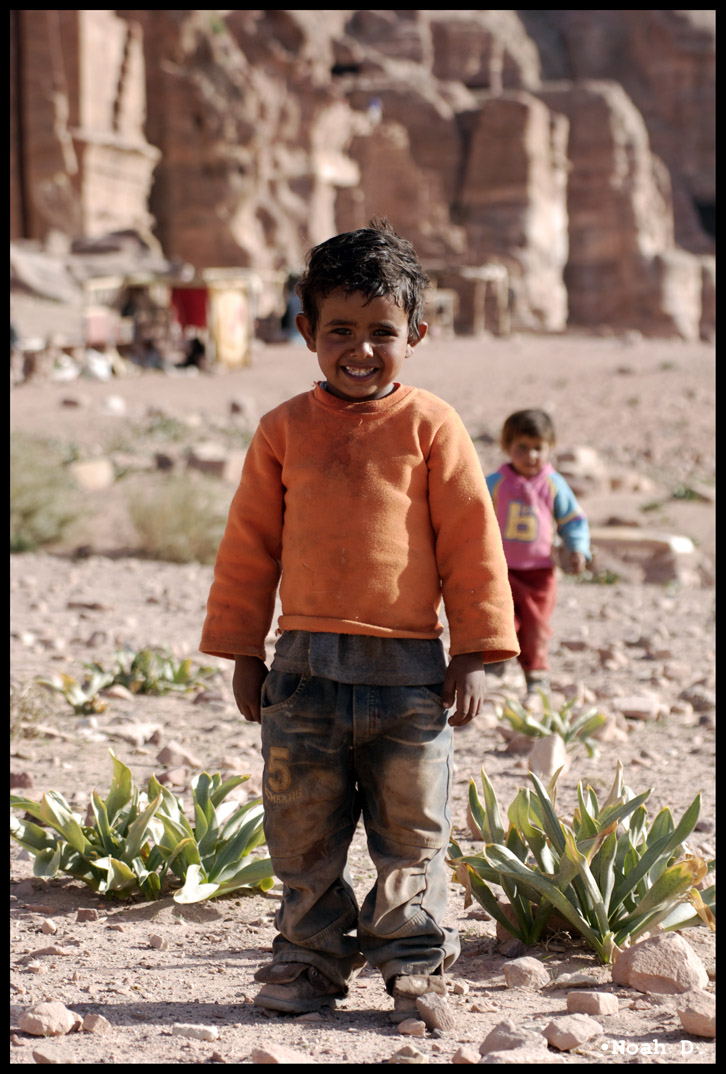
…and from my companions who accompany my travels…

…we all have a story and we’re all only here for a short time. I’ve been gifted with a desire to tell these stories. Whether I ever do it in a professional format or not, I’m going to do it…
…so this is my story.
Welcome to Israel.
~Noah D.
